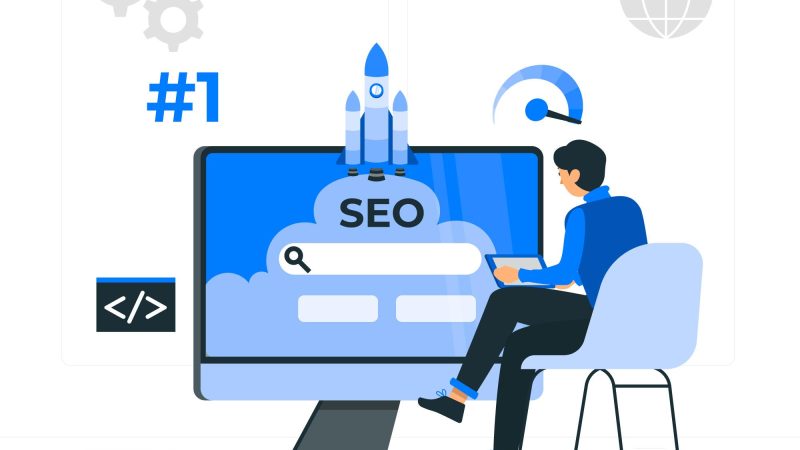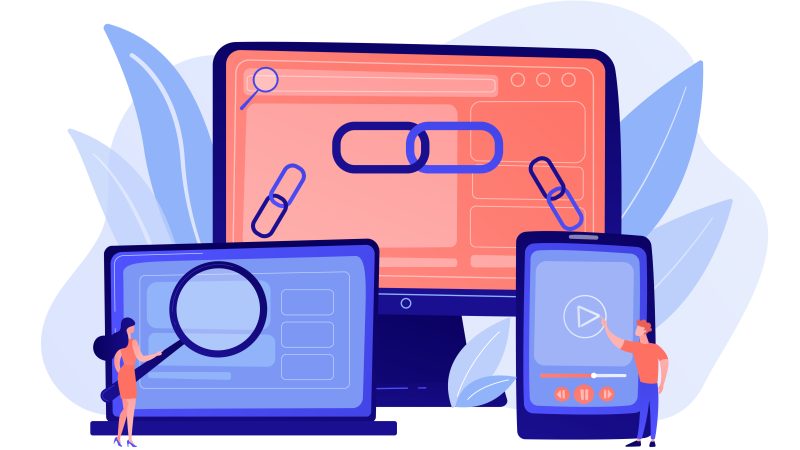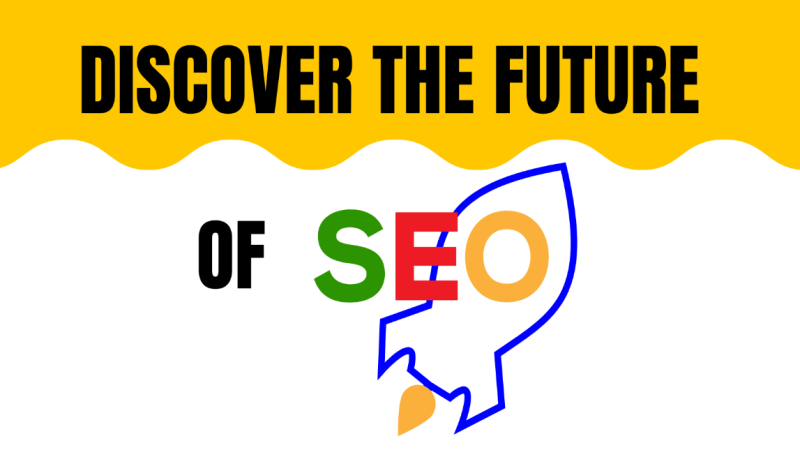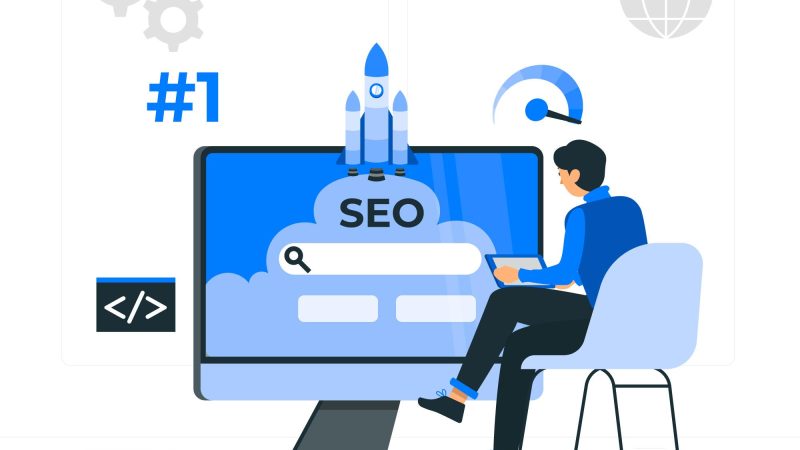Is SEO in Marketing ‘Dead’?
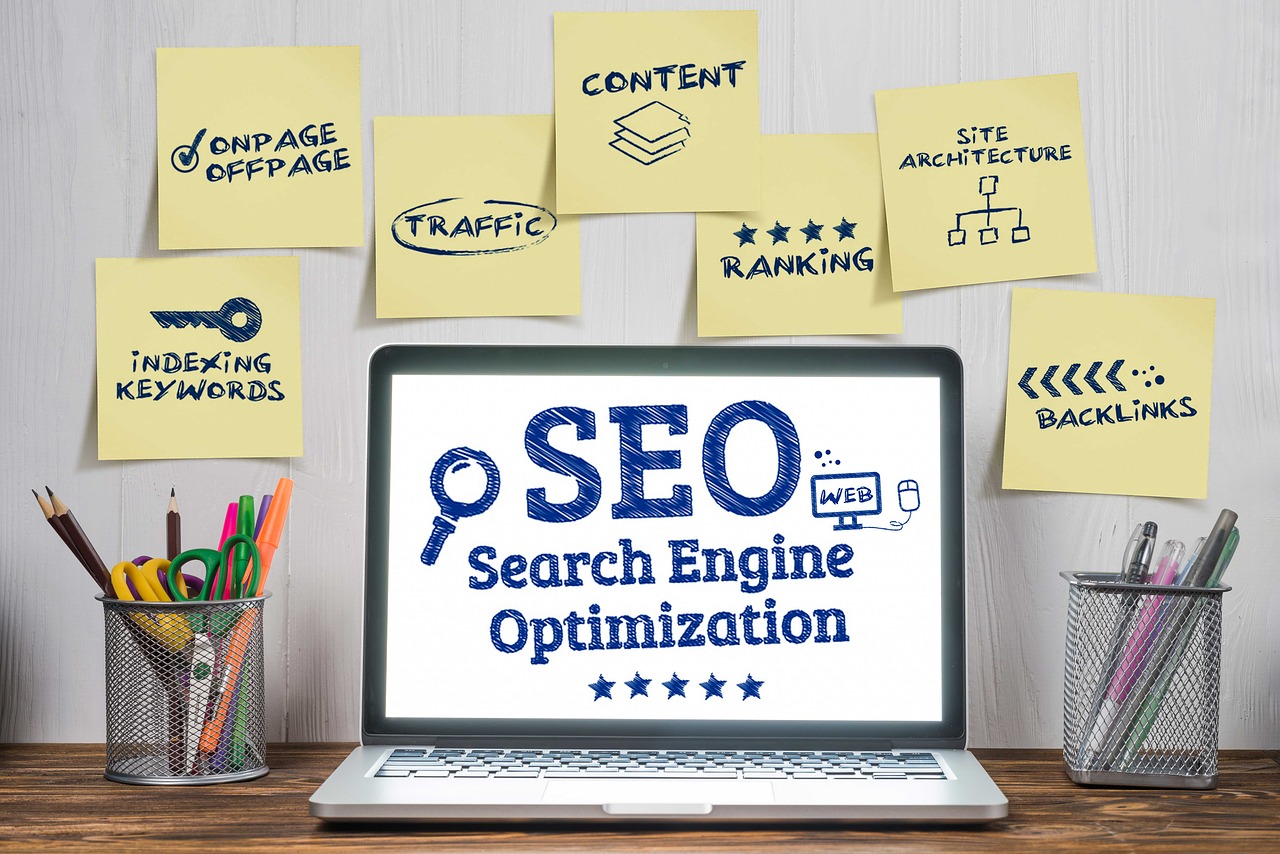
Every technology has its time. In the beginning, it’s shiny like a new pocket watch or sports car. But after a while, people begin to ask if that technology is obsolete. Is it time to move on? That’s a smart question because it’s important that you don’t get stuck in the past. But what about search engine optimization (SEO)? It’s changed a lot over the past few years, but is it dead?
Is the return on investment (ROI) you can achieve from SEO worth it? That would be the real determiner. But many people believe that you can’t know what your SEO ROI is. We have to disagree. SEO ROI is easy to see, and you can measure it, too!
Can you measure all of it? No. SEO ROI extends beyond simple lead or revenue generation, and SEO is evolving. But what we can measure proves that SEO is not dead, and it works best when paired with paid advertising as part of a more dynamic digital marketing strategy.
This blog will show you three ways the modern digital marketer is leveraging SEO to pivot in digital marketing.
1. Monopolize SERP Coverage
It’s essential to appear at the top of search engine result pages (SERPs). Paid advertising is one way to do it, but many people overlook ads favoring the top two to three organic results. When you appear in an ad and the organic results, that’s two times a person sees you within seconds. And we know about the importance of repetition in marketing. For that reason, we have some quick tips for monopolizing search results.
Use keyword research to identify words and phrases that have high costs per click (CPC). Start building content around these words now to increase the chances they click your organic result instead of your ad — saving you money in the long run. Double up on the exact keywords, too, with Pay-Per-Click (PPC) and SEO to take up more of page one, edging out the competition.
2. Increase Consumer Confidence
Most people know it’s not easy for a business to get to the top of organic search. They realize that Google has developed a system to penalize websites that try to manipulate the SERPs. For this reason, when they see you at the top of the search, they know you “earned it.”
When Google considers you trustworthy, they base this upon the fact that your website visitors (customers) see you as reliable.
Like “social proof,” where people trust you because of good reviews and interactions on social media, this proof can increase both click-through and conversion rates. This leads to more revenues if you have a clearly defined content marketing, inbound marketing, or sales funnel.
Tips for increasing consumer confidence with SEO include measuring the impact of SEO’s trust-building with attribution tracking in Google Analytics or a more specialized paid tool. Better understand how this impacts conversions!
Also, focus on quality SEO, not “get ranked quick” schemes that will hurt your website and business in the long run. Present yourself as a trustworthy source of information through content marketing, which goes hand-in-hand with SEO. Support the buying decision with content marketing to get a greater return on your marketing budget.
3. Cut Advertising Costs Over Time
Now, the good part. It takes longer to see SEO ROI, but it’s much higher than paid advertising in the long run. PPC has several pros. It works quickly, and you only pay when people click. But its downside is that you pay for every click, and in some industries, that’s a lot. On top of that, some clicks don’t convert. If you stop advertising, the traffic stops.
Quality SEO takes longer to work because you’re building authority and trust with Google and your website visitors. But it’s more sustainable. You do need to maintain a good ranking once you achieve them, but you can continue to reap the rewards over many years as long as you do that. That’s where the high SEO ROI comes from.
As you can see, SEO is strong, where paid advertising is weak, and vice versa. So they make an excellent team. Just like SEO helps PPC get better results, without PPC, SEO would struggle to gain traction. It would be harder to know which keywords to target and how to target them. It would take even longer for SEO to work without PPC.
Tips for cutting advertising costs? Make keyword research do double duty. Research once and use the keyword for both SEO and PPC. And don’t forget to leverage the user-friendliness, mobile-first, and conversion rate optimization (CRO) aspects of SEO to reduce bounce rate and increase conversions.
Is SEO Dead?
SEO is not dead — it’s evolving. The days of just publishing content on your website and expecting to rise in the ranks are over. You need a more holistic strategy, and SEO with paid advertising can deliver a pretty powerful punch to deliver a higher ROI for both.



